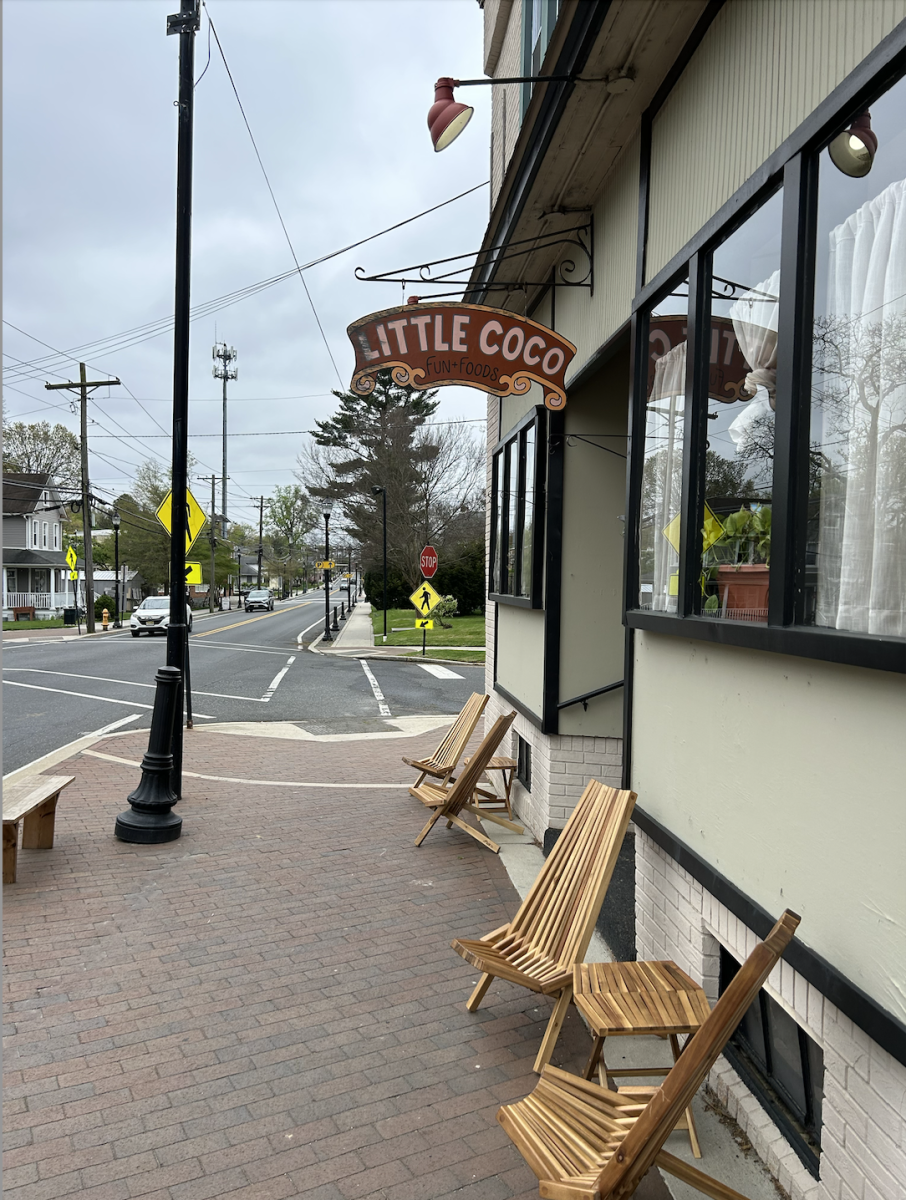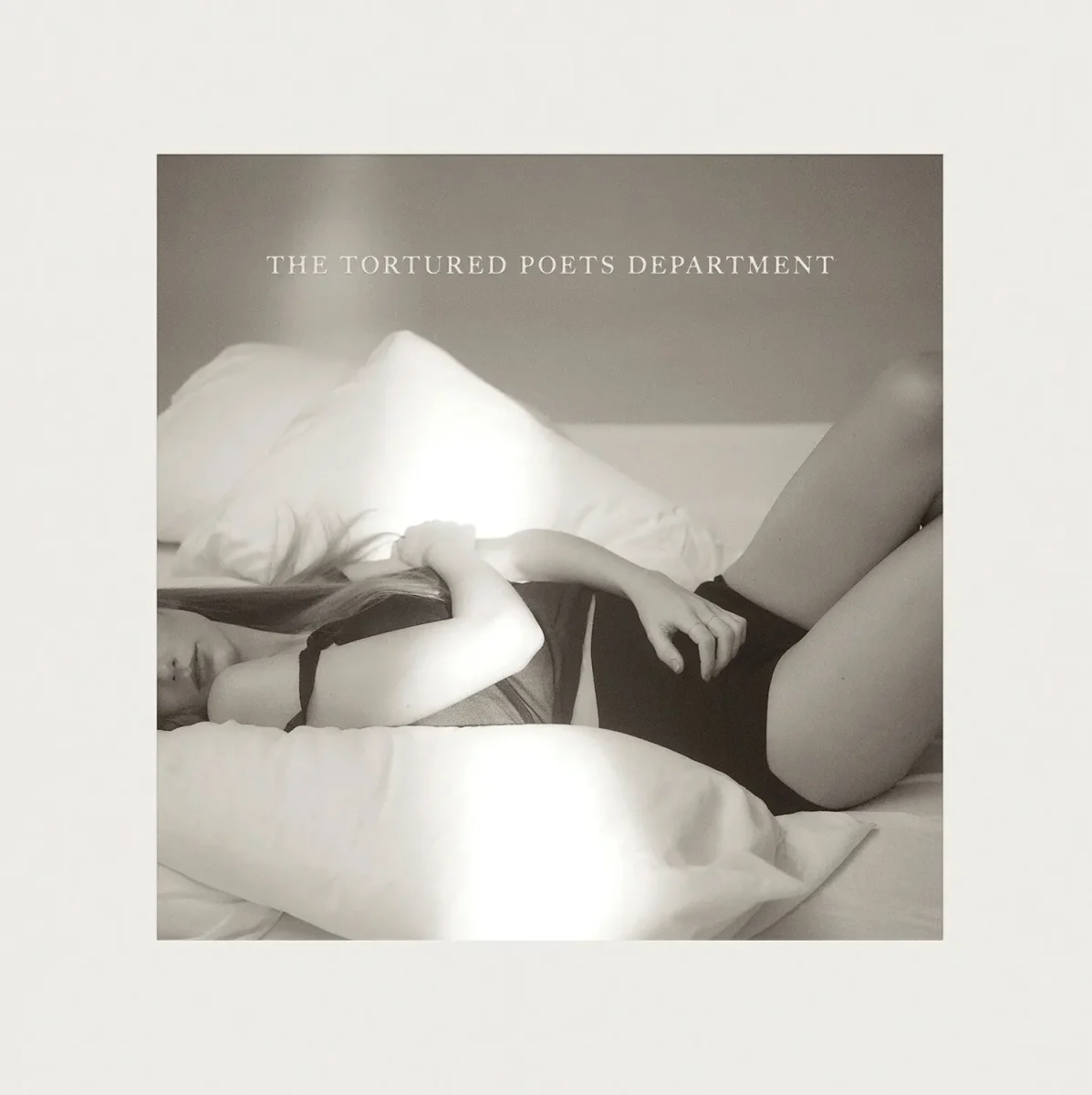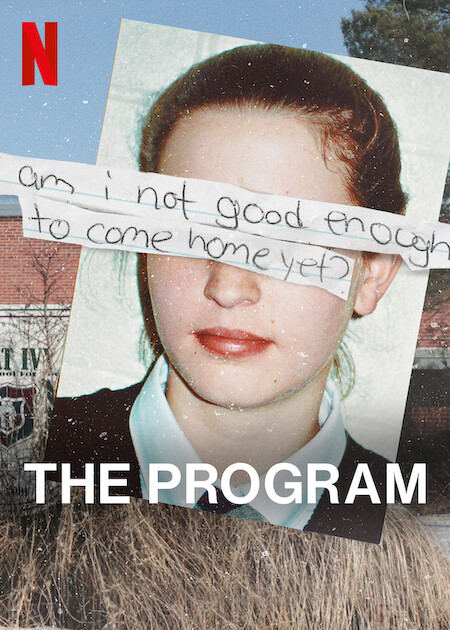Although Daniel Radcliffe is often associated with Harry Potter, Radcliffe deserves to be free of the Harry Potter persona for at least another twenty weeks. His recent role as the star of Peter Schaffer’s masterpiece play, “Equus” has proven Radcliffe’s acting skills to be genuine, and will help him to step out of his previous roles.
The story depicts Alan Strang (Radcliffe), a deranged boy under the care of psychiatrist Dr. Martin Dysart, played by Richard Griffiths. Strang becomes one of Dysart’s patients after committing a crime the authorities cannot understand: he blinded six horses in the barn he worked at. Schaffer wrote the play based on this incident; however, all the details surrounding the crime are fictional. The only truth is that a troubled boy did in fact commit the crime.
Alan is a 17-year-old, and troubled by his conflicting childhood. Raised by both parents, yet receiving a warped love from them, Alan is forced to deal with their conflicts as well as his own internal problems. For example, his mother reads him the Bible, as his father despises religion, and his mother permits Alan to watch television, as his father forbids it. More details unfold about the boy’s home life as Dr. Dysart examines him. Through careful methods of psychology, and many interviews with Alan’s parents and others who know him, Dr. Dysart solves the mystery of Alan’s reasoning for attacking those horses, and begins to understand the troubled boy.
Richard Griffiths does a stunning job portraying Dr. Dysart, with just enough wit and charming humor. His character leads the audience through his path to cracking the case, with frequently occuring soliloquies. Dysart’s own life permeates his medicinal abilities, and Alan tries to manipulate Dysart through confronting him about his own life. Dysart’s life and Alan’s case eventually intertwine, for Dysart reexamines his personal life after understanding Alan’s perspective, especially his relationship with his wife. Dysart learns that there are some things in life worth believing in, as he discovers Alan’s self-proclaimed religion to the spirit within horses, called Equus, (the Latin word for horse).
Playing in the Broadhurst Theatre, the set of “Equus” consists of lighting, four wooden boxes that are maneuvered by characters throughout the play, six muscular men wearing horse head masks and stilt-like attachments on their feet and the actors themselves. In other words, much of the imagery of the play is left up to the imagination, and enables a more open thought process while analyzing the significance of the play.
“Equus”, with the same cast members, played in London’s Gielgud Theatre before moving to Broadway for a 22-week run. Special previews of the show began on September 5th; however, the official opening night was September 25th. Children under the age of four are not permitted into the theatre, and children under the age of sixteen are cautioned due to the play’s content. The show has one, ten-minute intermission, and overall is 2 hours and 35 minutes long.
The controversy over the play revolves around Daniel Radcliffe’s nudity scene. He is only naked for one scene, and the scene is the pivotal moment of the play, for it is just as Alan is about to attack the horses. Although Broadhurst Theatre offers seating above and behind the stage, hence very close to the actors on it, specifics of Radcliffe’s figure cannot be clearly seen from most of the seats in the theatre. The publicity the play gets should only focus on this element of the play if the writers are showing this element as a rite of passage for Radcliffe as an actor.
The story of “Equus,” although very much fictional, allows a deeper meaning, as discussed through the character of Dr. Dysart. The play, ultimately captivating, allows reflection upon one’s morals, and teaches the age-old lesson of trying to walk in someone else’s shoes, and not judging a book by its cover. Alan Strang’s crime was not out of malice—it was a cry for help that Dysart eventually fulfills, although Dysart comments during the last scene of the play that Alan will perhaps never be whole again, and that there will always be something missing.
Grade: A





